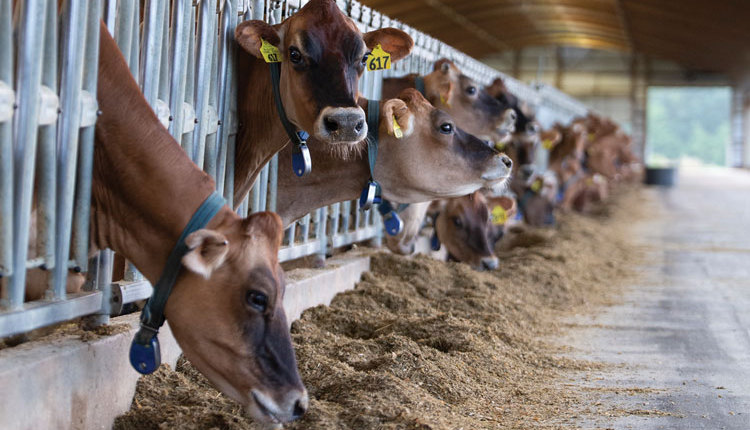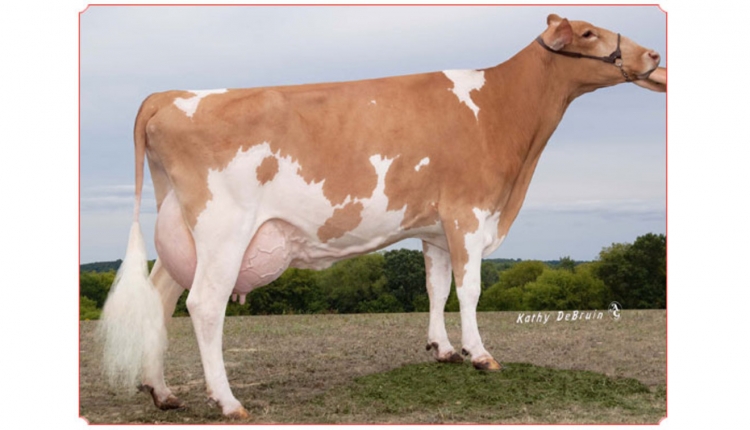
"In the summer of 2009, the Hoard Farm was on the verge of single-digit pregnancy rates," noted Jason Yurs, Hoard's Dairyman farm manager. Prior to the 2009 World Dairy Expo, the farm was sitting at a 10 percent pregnancy rate.
Realizing the need to improve this situation, the farm set up a consultation with Ray Nebel, a reproductive specialist, to try and troubleshoot their reproduction problems. After this meeting, the farm, with the aid of herd vet Dr. Rick Halvorson, made changes to synch protocols and breeding philosophy.
During the winter, the Hoard farm saw gradual improvements to preg rates. In January, Jason's team held a meeting with Paul Fricke, a reproductive specialist from the University of Wisconsin-Madison, to go through our records and evaluate progress. At this point, the farm also decided to change the way they code and record breedings in DairyComp to improve the efficiency record analysis.
Currently, the Guernsey herd is sitting at a 19 percent preg rate, an improvement of 9 percent in less than a year. With the Jersey herd included, the current preg rate for the farm is 21 percent. Today, 55 percent of cows are bred from visually detected heats, with the remaining 45 percent bred using synch programs. Yurs attributes part of this success to the dry cow barn that was remodled last year. The facility has reduced the incidence of retained placentas and metritis and increased transition period success for the herd.
The Hoard Farm has also just completed a Guernsey ov synch study that was funded by the U.S. Guernsey Association. This study was done to determine if significant differences exist in the ovulation time between Holsteins and Guernseys which would impact the utilization of an on-farm ov synch program.











